by Andrew Hedglin
“John” is one of the most common names in the English language.
Therefore, it comes as no surprise that some of book publishing’s hottest commodities share the same cognomen. Two of the books I’m about to talk about were written by a John and published in October, and the other one a John is responsible for and, while not quite new, would make a great gift this holiday season.
John Green, in addition to appearing to YouTube on the Vlogbrothers and Crash Course channels, is responsible for some of this generations most memorable YA titles, such as Looking for Alaska, Paper Towns, and the ubiquitous The Fault in Our Stars. The latter two were made into movies, so you’ve probably heard of his works even if his name isn’t familiar. After a five-year publishing hiatus, Green returns with his new novel, Turtles All the Way Down.
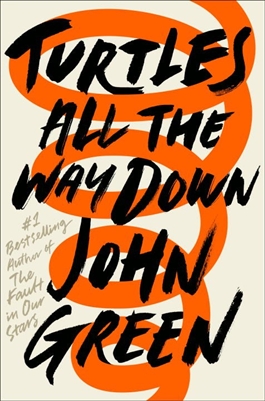 Turtles All the Way Down tells the story of Aza Holmes as she hangs out with her over-the-top friend Daisy, is awkwardly romanced bt her childhood friend Davis Pickett, and searches for clues as to what happened to the missing, tuatara-obssessed, shady local billionaire Russell Pickett (who also happens to be Davis’s father). Meanwhile, Aza struggles to live her daily life while continuously caught in her “thought spirals,” which is her shorthand for explaining the will-destroying nightmare that living with obsessive-compulsive disorder can be.
Turtles All the Way Down tells the story of Aza Holmes as she hangs out with her over-the-top friend Daisy, is awkwardly romanced bt her childhood friend Davis Pickett, and searches for clues as to what happened to the missing, tuatara-obssessed, shady local billionaire Russell Pickett (who also happens to be Davis’s father). Meanwhile, Aza struggles to live her daily life while continuously caught in her “thought spirals,” which is her shorthand for explaining the will-destroying nightmare that living with obsessive-compulsive disorder can be.
While Turtles has a touch of romance (and only a fraction of the turtles promised by the titles), it is far less melodramatic than the teenage cancer star-crossed romance that The Fault in Our Stars was perceived by some to be. Aza and her illness are thoughtfully represented by Green, who suffers from OCD himself. Although your mileage may vary, I also highly enjoyed the madcap levity that best friend Daisy provides. It’s an evolution in his writing, but still definitely a John Green work that both long-time fans and hopefully some new readers will really appreciate.
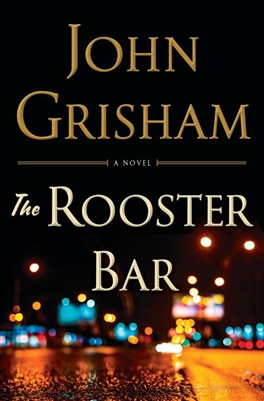 Speaking of madcap hi-jinks, John Grisham released his second mystery novel for adults this year (Camino Island, an intensely readable Fitzgerald manuscript heist, came out in June). This book, The Rooster Bar (which has even fewer roosters than the previous book had turtles) tells the story of three low-rent law students moving from scam-to-scam in the wake of a tragic suicide of a friend and in the shadow of impending student loan debt and professional misery. Friends Mark, Todd, and Zola stop studying for the bar exam, attempting to practice law out of an actual bar on the far side of Washington D.C. from the substandard, for-profit law school they just dropped out of so they can attempt to hustle legal fees in traffic court and hospital cafeterias. They also use information left behind from their lost friend to (hopefully) nail the guy at the top of the disgusting-but-not-actionable law school scheme.
Speaking of madcap hi-jinks, John Grisham released his second mystery novel for adults this year (Camino Island, an intensely readable Fitzgerald manuscript heist, came out in June). This book, The Rooster Bar (which has even fewer roosters than the previous book had turtles) tells the story of three low-rent law students moving from scam-to-scam in the wake of a tragic suicide of a friend and in the shadow of impending student loan debt and professional misery. Friends Mark, Todd, and Zola stop studying for the bar exam, attempting to practice law out of an actual bar on the far side of Washington D.C. from the substandard, for-profit law school they just dropped out of so they can attempt to hustle legal fees in traffic court and hospital cafeterias. They also use information left behind from their lost friend to (hopefully) nail the guy at the top of the disgusting-but-not-actionable law school scheme.
The Rooster Bar has one of those grand conspiracies that has become a Grisham hallmark, but those who seek to uncover it are not out for justice; they’re out for themselves. They not only skirt the rule of law; they barely seem to understand its intricacies. But, hey, when you enroll at a law school called Foggy Bottom, you deserve what you get. Plenty of rich atmospherics highlight a book that combines the the scheming of The Brethren with the delicious sleaziness of Rogue Lawyer. Both the plot and the main characters end up in a place you’d least suspect.
As for the final book I’d like to talk about, I can only repeat a familiar refrain: let’s talk Jackson. Ken Murphy’s luscious photography dominates the book, but I can assure you that it would not exist without the will and insistence of Lemuria owner John Evans.
 I’ve lived in the Jackson area all my life, and I love this city. I’ve spent a lot of time in Belhaven, Fondren, Downtown, the Interstate corridor, and parts all over. I find something new to love all the time, or I rediscover a spot once visited that tugs me back into the past. Although the Jackson this book captures is frozen in the specific period of 2013-14 (here’s a neat trick: compare the Lemuria cover to the view from a half-flight up Banner Hall’s staircase and see what noticeable feature is flipped), there’s a timeless quality to the sense of place the photographs capture. Murphy’s beautiful, mostly depopulated photos allow us to imagine ourselves among the beautiful scenes of the city we share, in both memory and possibility. If you haven’t already checked out one of Jackson books, a Lemuria exclusive, I highly encourage you to do so.
I’ve lived in the Jackson area all my life, and I love this city. I’ve spent a lot of time in Belhaven, Fondren, Downtown, the Interstate corridor, and parts all over. I find something new to love all the time, or I rediscover a spot once visited that tugs me back into the past. Although the Jackson this book captures is frozen in the specific period of 2013-14 (here’s a neat trick: compare the Lemuria cover to the view from a half-flight up Banner Hall’s staircase and see what noticeable feature is flipped), there’s a timeless quality to the sense of place the photographs capture. Murphy’s beautiful, mostly depopulated photos allow us to imagine ourselves among the beautiful scenes of the city we share, in both memory and possibility. If you haven’t already checked out one of Jackson books, a Lemuria exclusive, I highly encourage you to do so.


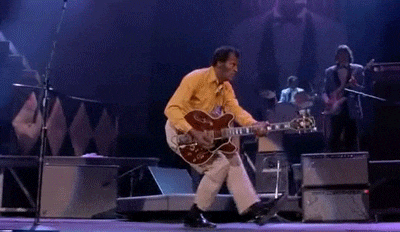
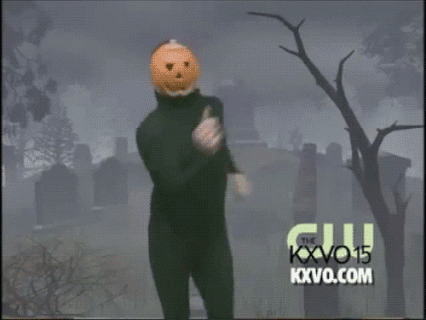
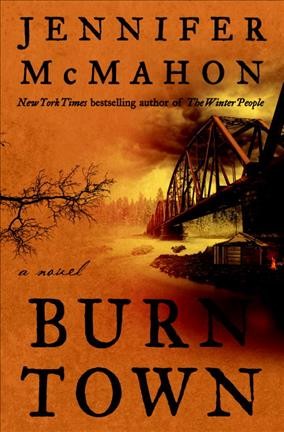 The first book I would like to recommend is
The first book I would like to recommend is 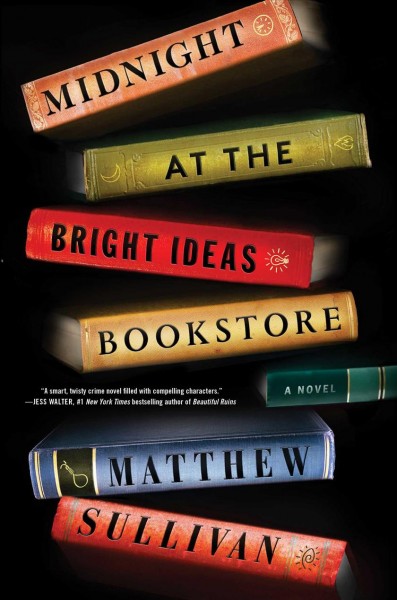 The second recommendation I have for you is
The second recommendation I have for you is 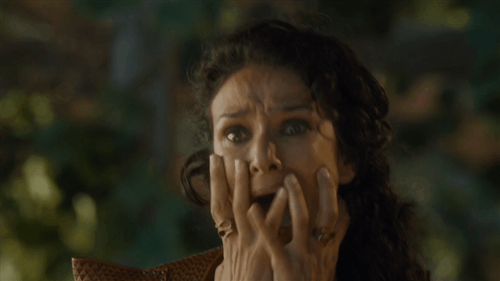


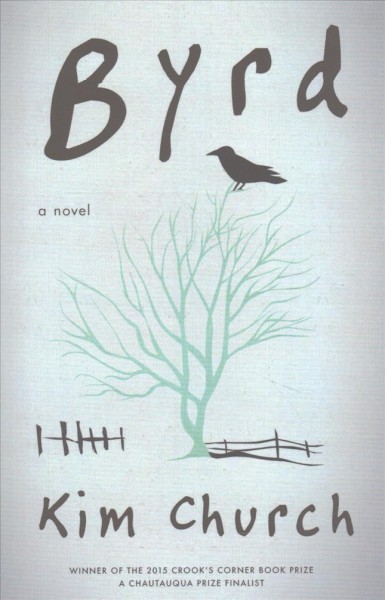
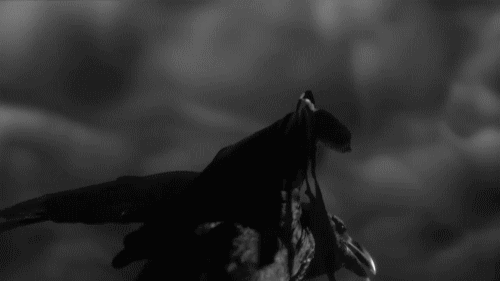
 Sarah Churchwell’s
Sarah Churchwell’s 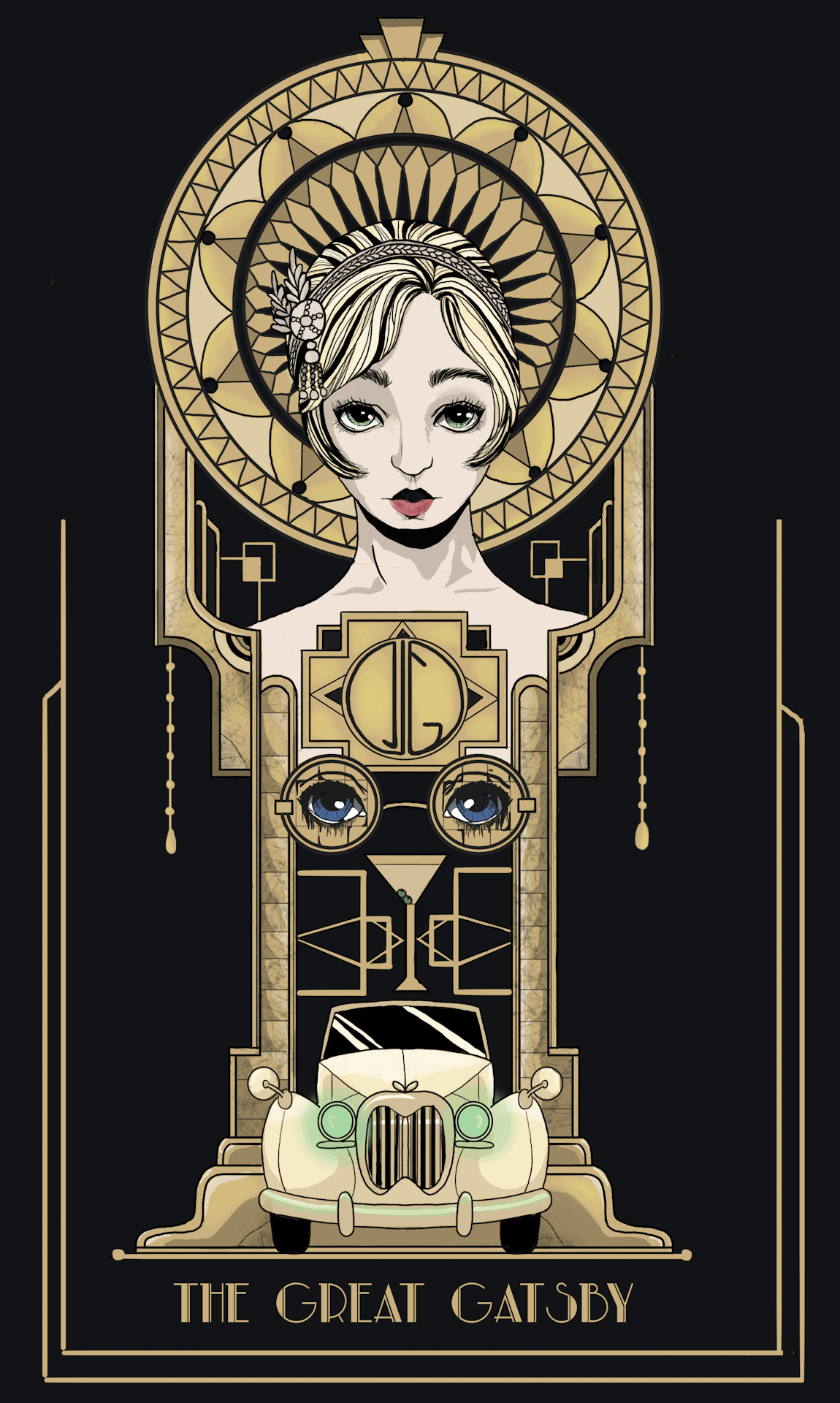 Fortunately, I was reacquainted with Gatsby & Co. almost a decade later when it was I, as an English teacher, who assigned Gatsby to a new crop of high school sophomores. I had a better appreciation by then of American history, and dreams, and ambition, and poetry—and so, too, the novel itself. But mine was a fairly by-the-numbers enlightenment about the books’ genius.
Fortunately, I was reacquainted with Gatsby & Co. almost a decade later when it was I, as an English teacher, who assigned Gatsby to a new crop of high school sophomores. I had a better appreciation by then of American history, and dreams, and ambition, and poetry—and so, too, the novel itself. But mine was a fairly by-the-numbers enlightenment about the books’ genius.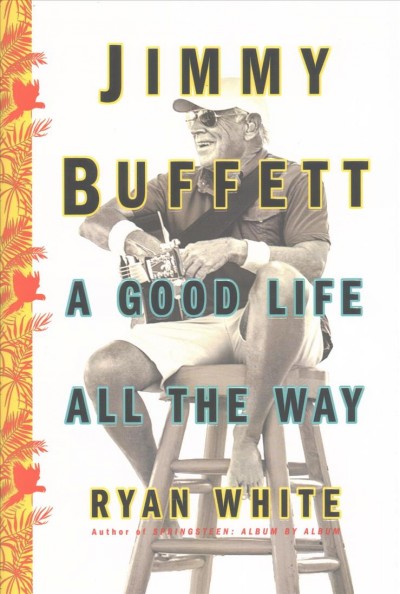 Jimmy Buffett is at the center of my musical taste, from way back when I was but a tiny child riding in the back seat of my mom’s Camaro. He’s known for his
Jimmy Buffett is at the center of my musical taste, from way back when I was but a tiny child riding in the back seat of my mom’s Camaro. He’s known for his 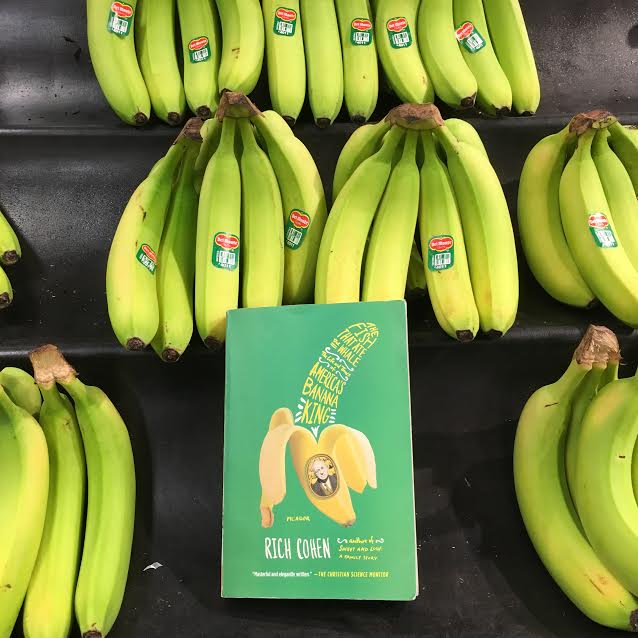
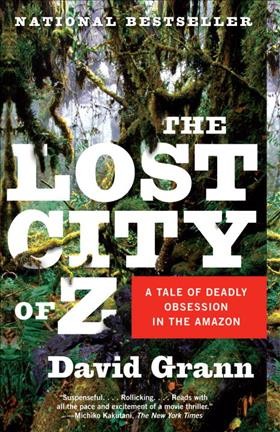 I’ve seen this book lurking around the store since I arrived here two years ago, but only felt compelled to pick it up due to the impending arrival of David Grann, who was here last week to promote his new book, Killers of the Flower Moon. Boy, am I glad I finally discovered The Lost City of Z…well, discovered the book anyway. It tells the captivating tale of Col. Percy Fawcett, a British explorer from the Royal Geographic Society who first comes to South America in search of adventure, and later becomes obsessed with finding a mythical city, representing for Percy the soul of the Amazon itself. This is the most captivating mystery in the jungle I’ve heard about since the television show Lost went off the air. Grann’s book is about obsession, history, geography, and the limits of what humans can ever empirically know. I cannot recommend this book highly enough.
I’ve seen this book lurking around the store since I arrived here two years ago, but only felt compelled to pick it up due to the impending arrival of David Grann, who was here last week to promote his new book, Killers of the Flower Moon. Boy, am I glad I finally discovered The Lost City of Z…well, discovered the book anyway. It tells the captivating tale of Col. Percy Fawcett, a British explorer from the Royal Geographic Society who first comes to South America in search of adventure, and later becomes obsessed with finding a mythical city, representing for Percy the soul of the Amazon itself. This is the most captivating mystery in the jungle I’ve heard about since the television show Lost went off the air. Grann’s book is about obsession, history, geography, and the limits of what humans can ever empirically know. I cannot recommend this book highly enough.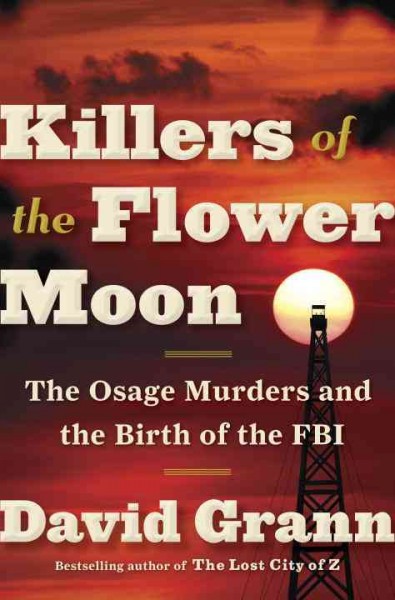 The Osage tribe in the late 1800s, like many other native peoples of the Americas, had been confined to smaller and smaller territories as white settlers hungered for their land. After seeing
The Osage tribe in the late 1800s, like many other native peoples of the Americas, had been confined to smaller and smaller territories as white settlers hungered for their land. After seeing 
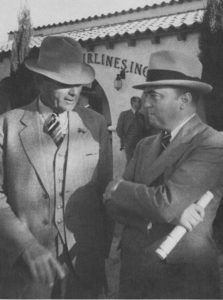
 Greg Iles is set to publish his final chapter in the Natchez Burning trilogy tomorrow. The trilogy, which began with
Greg Iles is set to publish his final chapter in the Natchez Burning trilogy tomorrow. The trilogy, which began with  It the middle of Turning Angel, he makes a pitch for his out-of-town fiancée to stay while he makes a run for mayor of Natchez: “Natchez has become a place where we have to raise our children to live elsewhere. Our kids can’t come back here and make a living. And that’s a tragedy…I want to change that.” And those words resonate because what’s true for Natchez is essentially true for all of Mississippi.
It the middle of Turning Angel, he makes a pitch for his out-of-town fiancée to stay while he makes a run for mayor of Natchez: “Natchez has become a place where we have to raise our children to live elsewhere. Our kids can’t come back here and make a living. And that’s a tragedy…I want to change that.” And those words resonate because what’s true for Natchez is essentially true for all of Mississippi.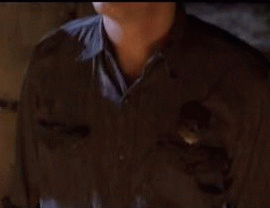 Truly menacing villains such as Brody Royal, the money man behind the Klan, and Forrest Knox, the heir apparent to all law enforcement in Louisiana and simultaneously the head of the family crime syndicate, dominate the first two books, but are dispatched. By the telling of Mississippi Blood, only Snake Knox (Forrest’s uncle), the man with the meanest of goals—survival and notoriety—and the meanest of dispositions, survives to torment Penn and the good people left standing in Natchez.
Truly menacing villains such as Brody Royal, the money man behind the Klan, and Forrest Knox, the heir apparent to all law enforcement in Louisiana and simultaneously the head of the family crime syndicate, dominate the first two books, but are dispatched. By the telling of Mississippi Blood, only Snake Knox (Forrest’s uncle), the man with the meanest of goals—survival and notoriety—and the meanest of dispositions, survives to torment Penn and the good people left standing in Natchez.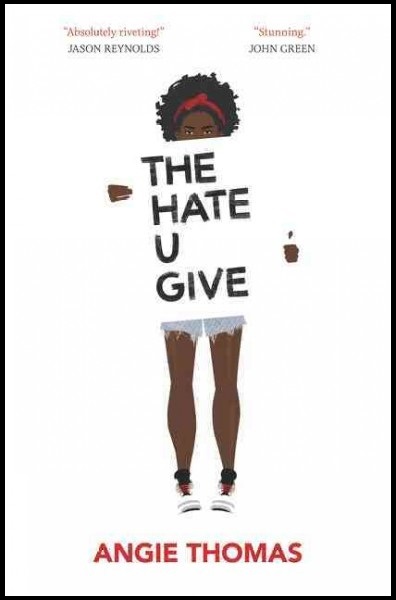 Well, I am happy to report that I liked it–a lot. Writing a novel about a topical political issue seems ambitious, especially for a first novel. But that is a strength of what Thomas does here with The Hate U Give: she takes the political and makes it personal.
Well, I am happy to report that I liked it–a lot. Writing a novel about a topical political issue seems ambitious, especially for a first novel. But that is a strength of what Thomas does here with The Hate U Give: she takes the political and makes it personal.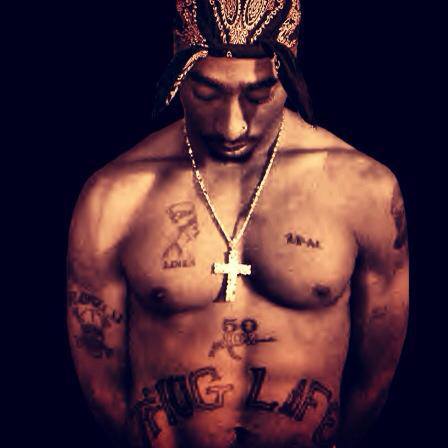 The title of the book is a take on an acronym, or a
The title of the book is a take on an acronym, or a 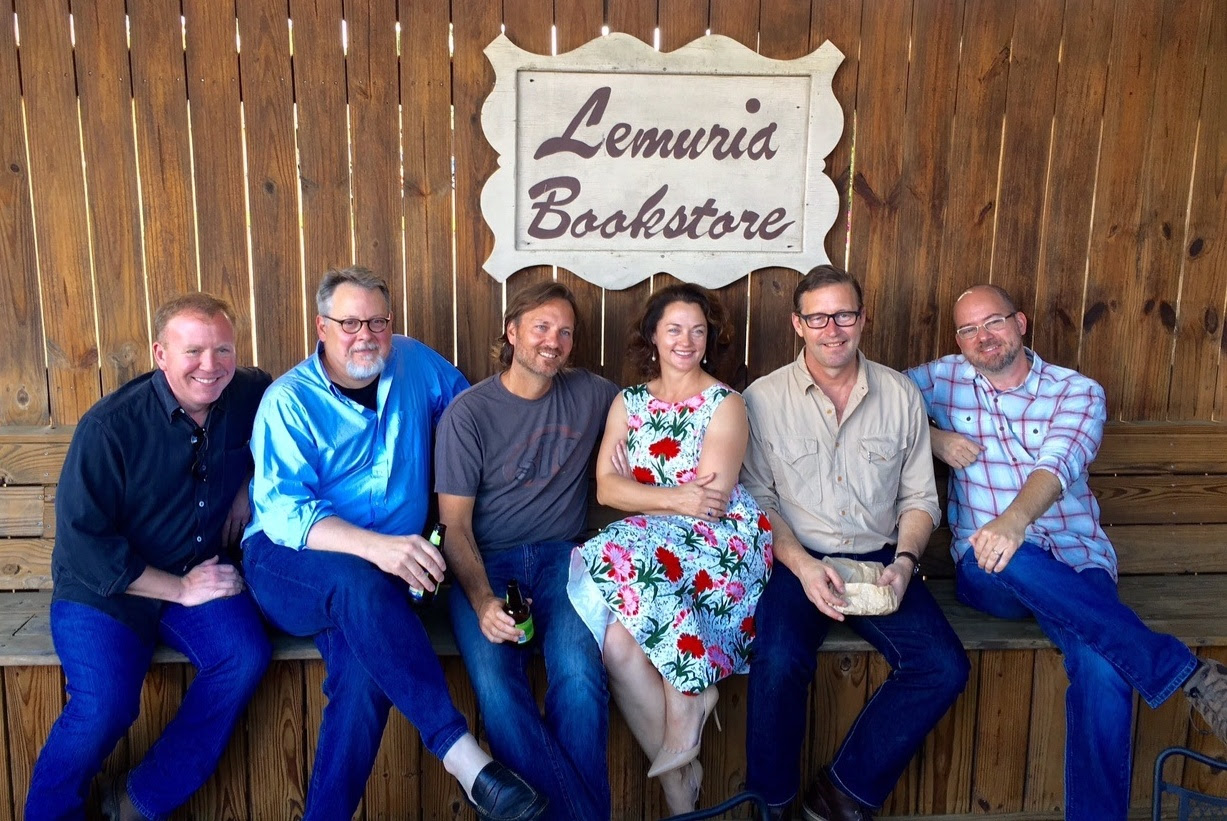
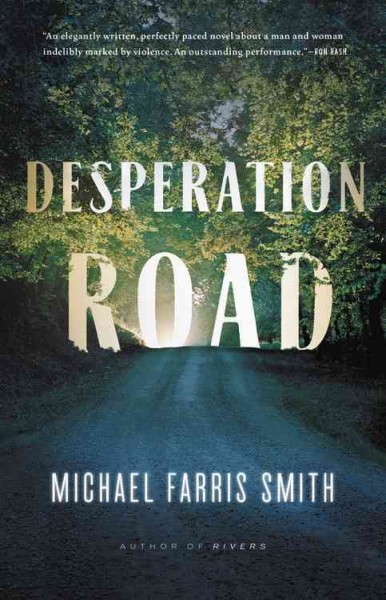 The story carries forth the story of the woman–Maben–and her daughter, Annalee, from the harshness of the sun to the darkness of the night. As a reader, you feel like you’ve experienced so much by the time the alternate protagonist, Russell Gaines, even enters the novel.
The story carries forth the story of the woman–Maben–and her daughter, Annalee, from the harshness of the sun to the darkness of the night. As a reader, you feel like you’ve experienced so much by the time the alternate protagonist, Russell Gaines, even enters the novel.